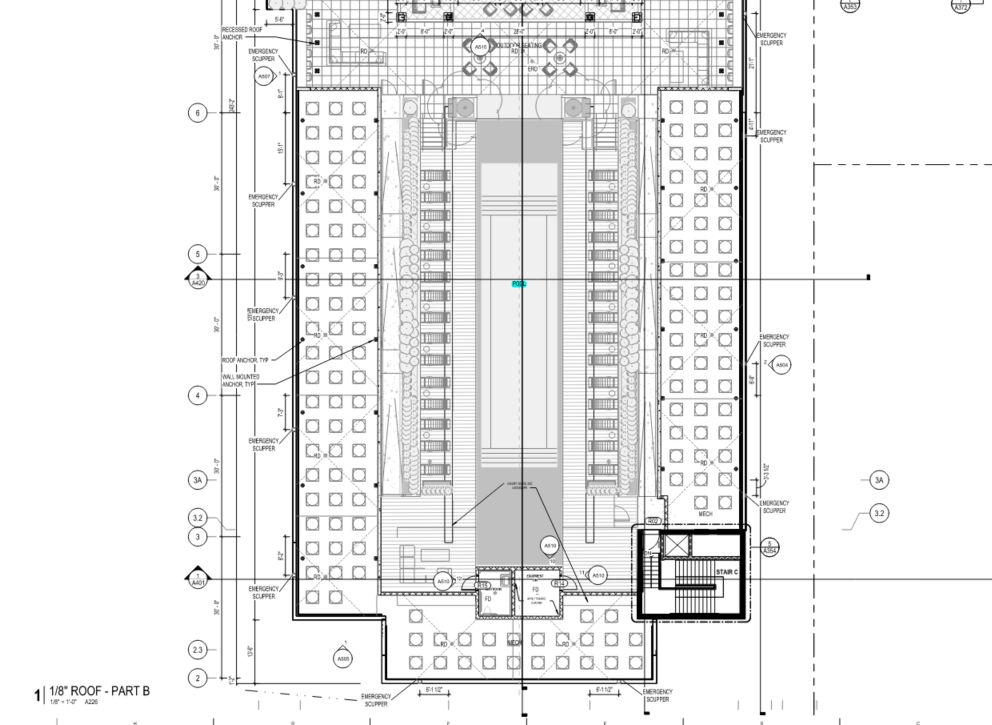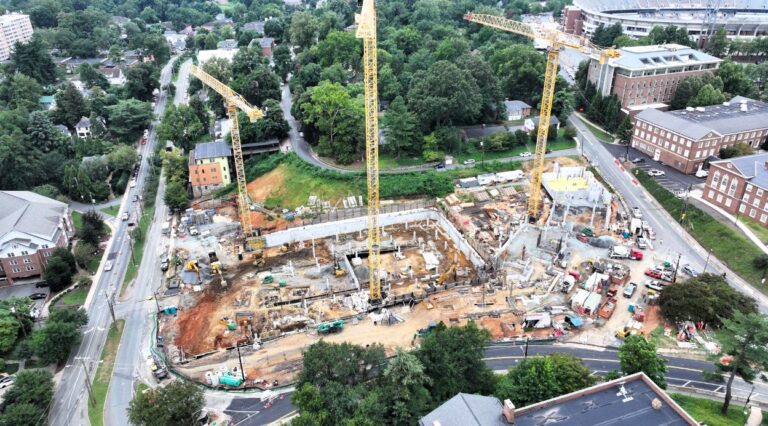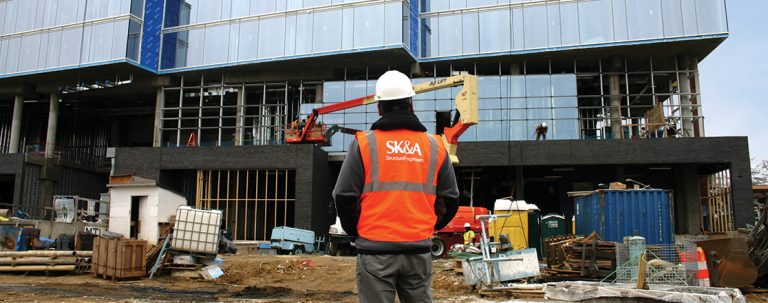An Engineering Insight authored by SK&A Principal Justin Long, PE, RBEC, BECxP. Follow Justin on Linked In.
Waterproofing in swimming pools and aquatic facilities isn’t just about keeping water in – it’s about managing pressure, durability, and interface transitions in a complex, high-risk environment. That’s where ANSI/PHTA/ICC-10 – Standard for Water Retaining Concrete Pools comes in.
This standard provides a systematic, performance-based framework for evaluating and designing waterproofing in pools – and it goes far beyond typical below-grade or roof waterproofing requirements.
What is ANSI/PHTA/ICC-10?
Developed by the Pool & Hot Tub Alliance (PHTA) in conjunction with ICC (International Code Council), this standard outlines:
- Waterproofing performance expectations
- Material compatibility and substrate preparation
- Installation methods and QA/QC
- Ongoing maintenance and inspection requirements
It addresses not just waterproofing materials, but system durability, mechanical stress, and chemical exposure common to pool environments.
Key Principles That Guide Pool Waterproofing Design Under the Standard
- Positive-Side Waterproofing Only: All waterproofing must be applied to the water-facing side (interior of the pool) — no reliance on blindside or negative-side systems.
- Crack Bridging & Flexibility: Systems must accommodate substrate movement and structural cracks up to specified widths without failure or leakage.
- Vapor & Hydrostatic Pressure Resistance: Materials must resist constant positive pressure – not just intermittent moisture. This eliminates many typical “damp-proofing” products.
- Material Compatibility: Emphasis on bonding between the waterproofing and concrete, tile setting beds, and finish surfaces. Certain membranes may not be compatible with cementitious toppings or pool chemicals.
- Mockups & Field Testing: Required in some cases to validate installation methods, especially in complex detailing zones like joints, penetrations, and terminations.
- Maintenance Access: Design should allow for inspection and repair over the service life – no “bury-and-forget” mentality.
Why It Matters
Standard roofing or plaza deck waterproofing practices often fall short in pool environments. ANSI/PHTA/ICC-10 ensures waterproofing is treated as a critical system with elevated performance, not just a standard waterproofing application.
This insight was originally published by Justin Long, PE, RBEC, BECxP, on Linked In. View the original post and add your own comments.














